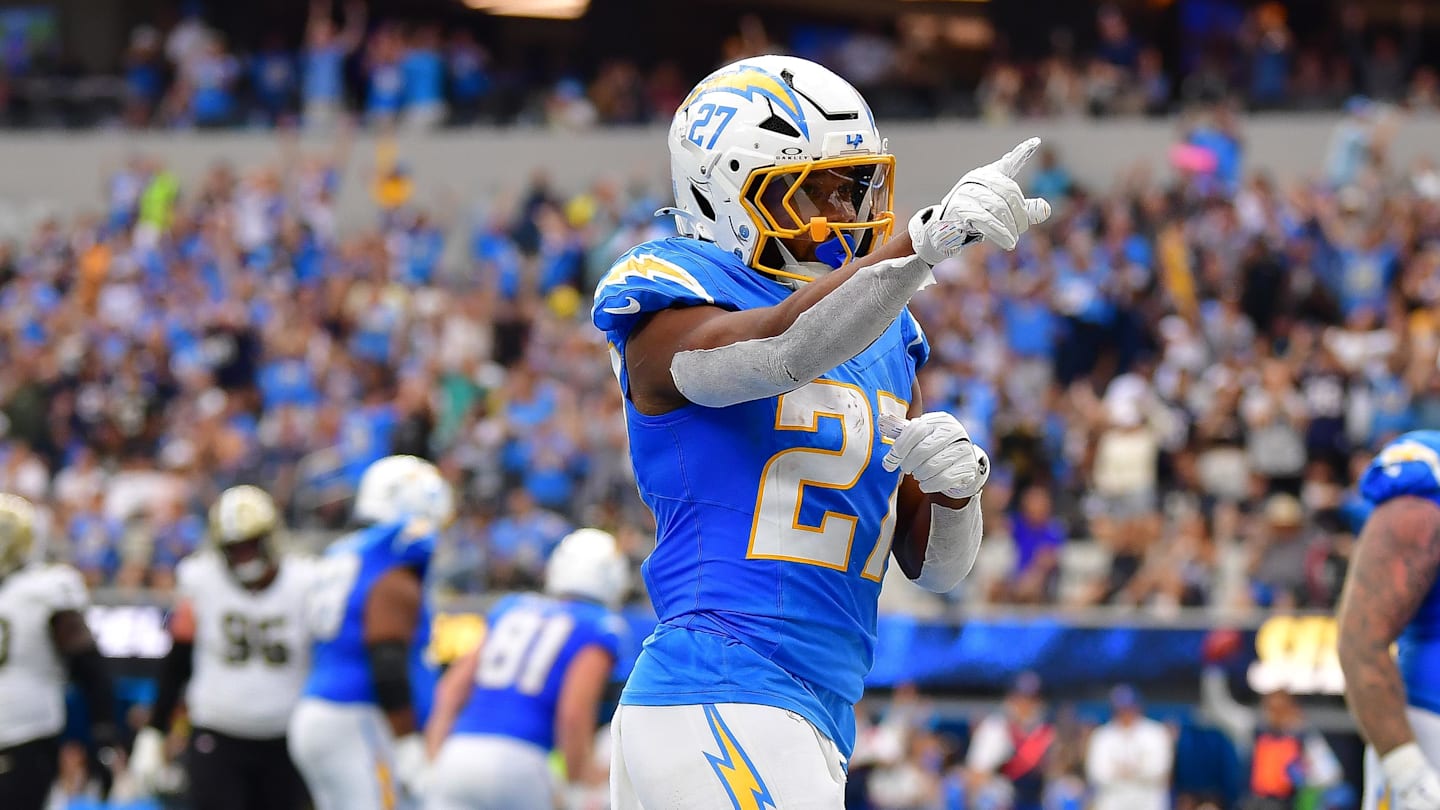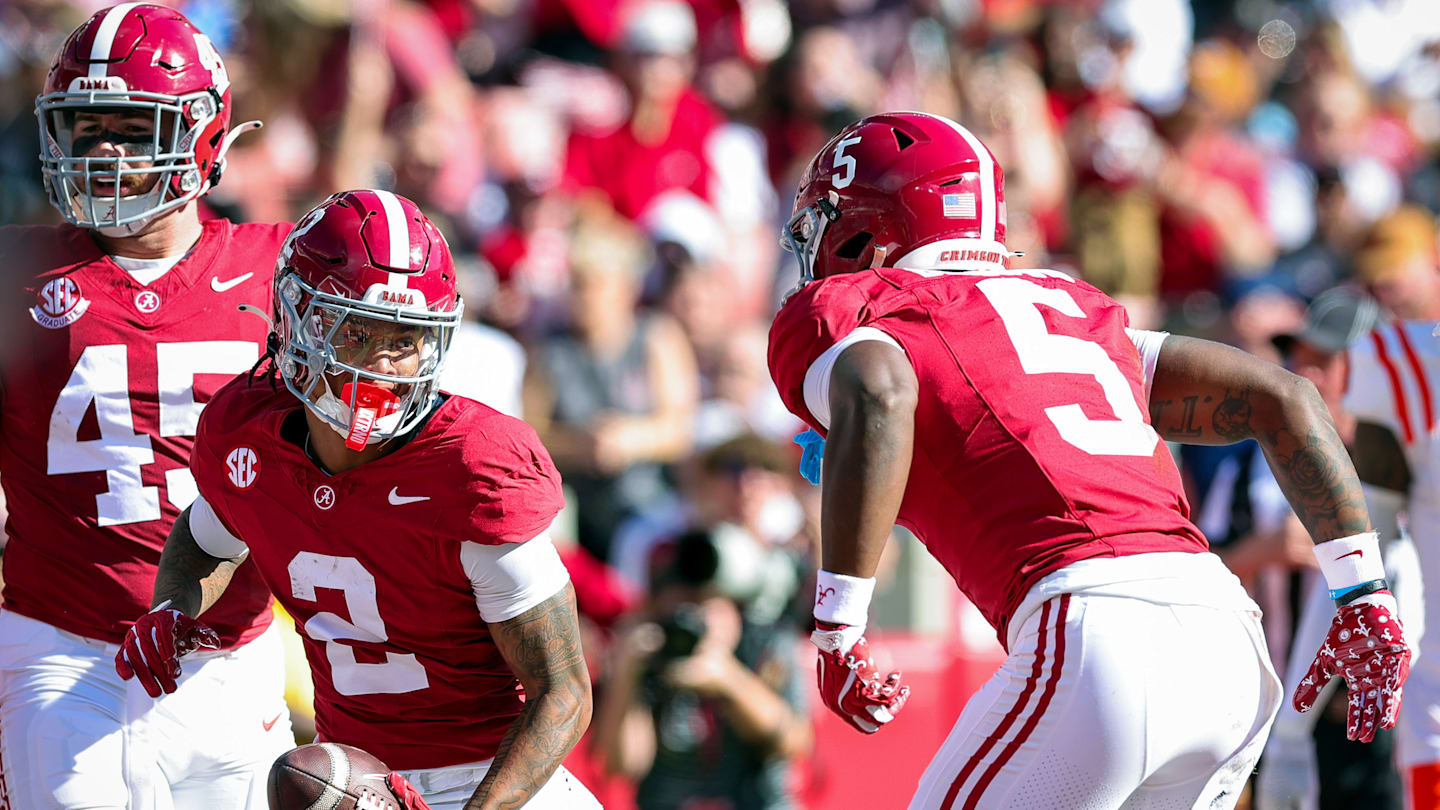When is the Fantasy Football Trade Deadline?

The fantasy football season has approached that critical point where managers need to complete trades before the trade deadline hits in their league.
When that date is depends on your league settings and what platform you play fantasy on. What you should expect to see ahead of the deadline depends on the league type – redrafts, keepers, or dynasty.
As always, we’re here to help you figure out exactly when your trade deadline is and what kinds of trades should happen around those dates.
Let’s start with the all-important question:
As mentioned above, every league can set their trade deadline for a unique date. On some platforms, they can enable trades to be legal throughout the season. However, there are defaults for some platforms your fantasy team plays on.
The default trade deadline for Yahoo is Saturday, Nov 16, 2024.
Last year, the default trade deadline for ESPN was Wednesday, Nov 29 at Noon ET. There is no information on when the default deadline is this year.
Sleeper allows the league commissioner to set the deadline between Week 9 to Week 13.
Last year, the default trade deadline for CBS was November 16, 2023. There is no information on when the default deadline is this year.
This is all to reiterate the trade deadline varies by platform and by league. Most fantasy football trade deadlines are set between Week 10 (Nov. 6-12) and Week 12 (Nov. 20-26). That means there’s a three-week window (Nov. 6-26) when the trade deadline could happen, so it’s critical for you to check your team settings and verify the exact date.
On ESPN, for example, you can find your exact trade deadline by going to your fantasy league home, then hovering over League and clicking “Settings.” Then you scroll down and find the exact date.
It’s the same for every fantasy league. Go to the league home, find the league settings or rules, and your exact deadline date will be there.
Once you know that, it’s important to understand what trades to expect by league type.
Typically, you’ll see the fewest trades in redraft leagues. That’s because bad teams don’t have much incentive to trade their best players to the better teams trying to shore up their rosters for a playoff push and vice versa. You also rarely see trades between good teams because they don’t want to give up a player who could come back to haunt them in the playoffs.
Usually, trades happen in these leagues based on need and availability. If one team has two good tight ends and another has four good RBs, a trade between them makes sense as everyone improves in an area of need.
In keeper leagues, managers can retain a certain number of players for the next season. The player needed to be drafted, and to retain the player the manager will lose an earlier draft pick (usually two rounds) based on when that player was originally drafted. This increases the value of low-drafted players who have outperformed their draft position and should do so in the future.
Jaguars WR Brian Thomas Jr. is a good example. He had an overall average ADP of 118 and was the WR48 on average in PPR leagues. This year, he’s in the Top 20 in scoring for WRs in PPR leagues. That means he’s a valuable trade chip. This gives the manager with Thomas leverage in trade talks.
Overall, expect to see lower-round picks to be traded for higher-round picks as bad teams try to shore their rosters up for next year while playoff teams try to pick up top players for a championship run this season.
This is where you expect to see the most trades. In dynasty, bad teams need to look to the future and accrue players with higher upside and trade away players who have higher upside this year, but lower in the future. When you throw in the ability to trade draft picks for the rookie draft, you have the makings of big moves at the deadline.
Chargers RB J.K. Dobbins is a good example. He’s averaging 16.2 points per game in PPR leagues this season and is the clear RB1 for the Chargers as long as he’s healthy. But he’s on a one-year deal with Los Angeles, has been injury-prone in the past and the Chargers drafted Blake Corum in the third round this year to be their RB of the future.
If a manager is in win-now mode, they might want Dobbins on their roster, whereas a team that’s building for the future would be more likely to trade him.
There are other leagues with different trade expectations around the deadline, but those are the three most popular.
Knowing when your trade deadline is and what you should do is critical to success this season and the future. Hopefully this article steers you in the right direction as you build your fantasy roster for success no matter which season it’s for.
Related
Does Michigan Football have the experience to make the College…
The Michigan Wolverines made it to the College Football Playoff for the first time in 2021 after beating Ohio State and winning the Big Ten Championship. Sin
Alabama football’s 2025 WR room is giving “Ryde Outs” vibes
Alabama football's WR room stagnated in the final years of the Nick Saban era in Tuscaloosa. The Crimson Tide went from a dominant run of recruiting and develop
Big 12 opener, historic Classic highlights HBCU football schedule
Courtesy of UAPB Athletics PINE BLUFF, AR.– The University of Arkansas at Pine Bluff Golden Lions football team has announced its 2025 HBCU football s
Top ten Ohio State football players entering 2025
There's great news, and just some OK news for the Ohio State football program. The great news is that the Buckeyes made good on their "national title or bust" s












